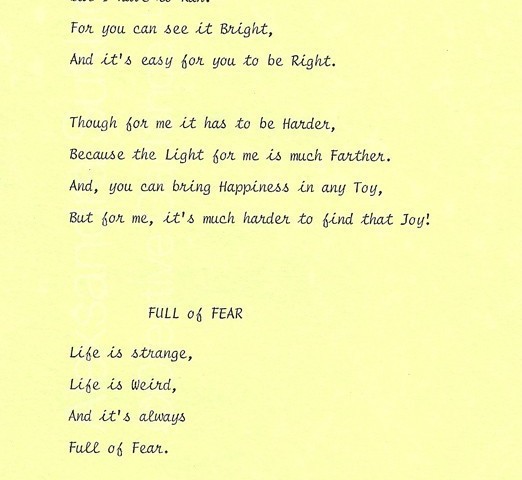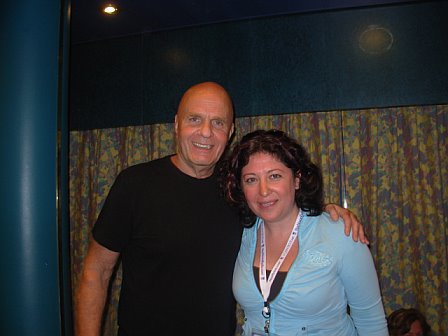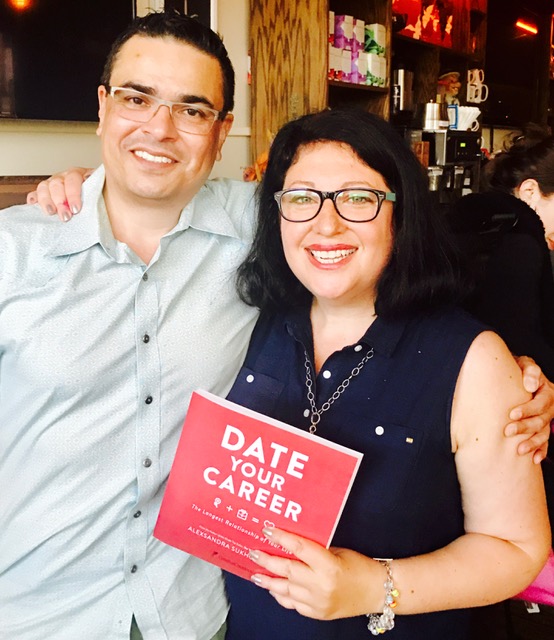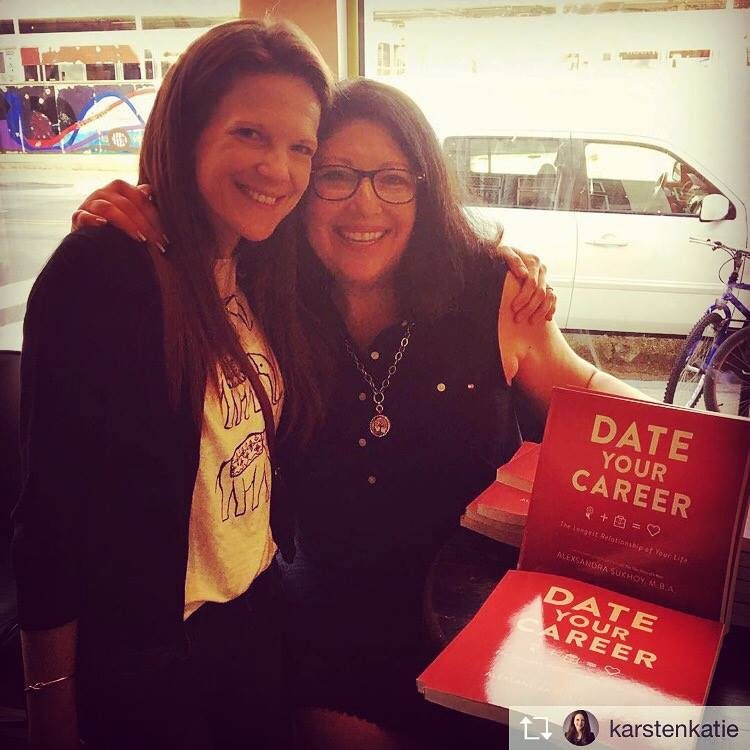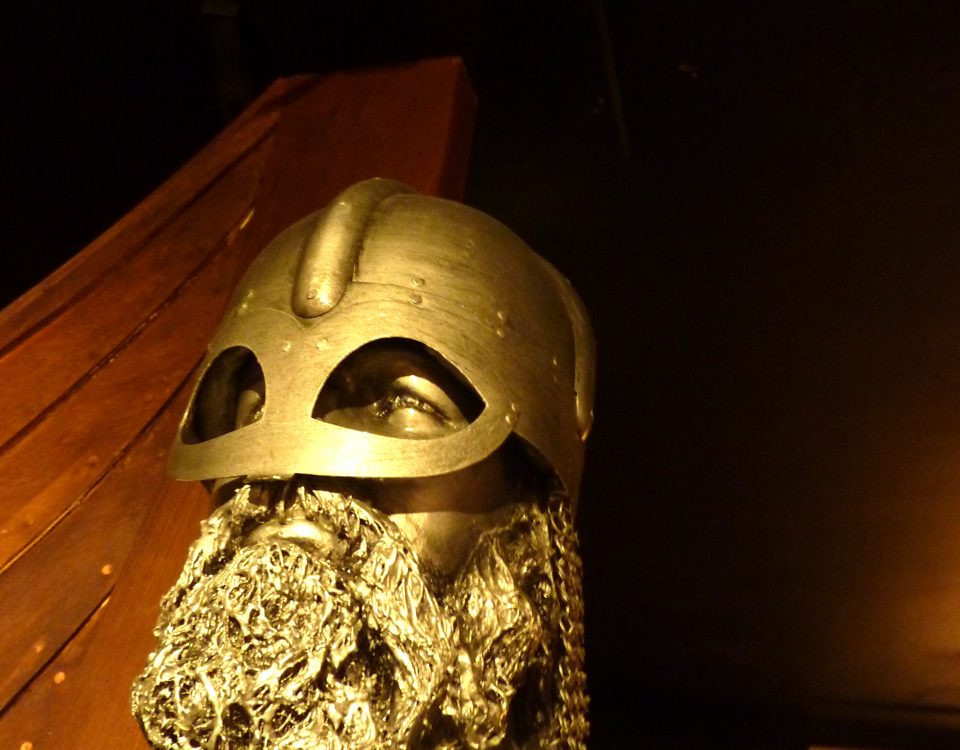- Begin Your Growth Plan Today!
- (216) 410-3825
- info@creativecadence.com
How Do You Know If You’re a Writer?
These days, so very many people come to me and say that they want to write something – a book, a screenplay, a blog, a song – but that they don’t know if it’s in them. Women who lost their jobs, men who lost their businesses, students who are losing their youth, they all ask me a variation of the following question, “How do I become a writer?”
Most writers I know never became writers. No, instead, since our toddler selves, we found ourselves scribing: letters, journals, notes in class – the latter when we weren’t daydreaming and creating new characters and stories while we should have been memorizing the table of elements. No, instead of periodic elements, quadratic equations or statistical regressions, we, writers, wanted to put pen to paper. Eventually, it was fingers to keyboard.
Yet for many of us, the path to pursue writing in college seemed as nonsensical as, say pursuing any of the other arts. Visions of being the impoverished and the recluse, living in communal walk-ups with the wood floor so old that the cracks between the panels are almost as wide the wood itself, would permeate the mind in some hippie dystopia.
Besides, everyone knows, if you’re a writer, you’re poor. And who wants to be poor?
Sure, some writers have made it big: Stephen King. Agatha Christie. Daniel Steel. Harold Robins. Jackie Collins. Dr. Suess.
And, with the explosion of self-help non-fiction, on topics ranging in anything from dating to finance to diet to religion, a new demand prospered, making all kinds of self-branded gurus extremely wealthy. Then celebrities got on the bandwagon, some who hired ghost writers, some who collaborated and some who penned the bios themselves.
This last case made me question, “Do you become famous after writing a book or do you write a book after you’ve become famous?”
There once was a romantic notion of what it meant to be a writer: to have an editor, an agent, a publisher, an advance, a tour, world-recognition and a place on The New York Times Best Sellers list. Even more so, there was this vision of walking into a Kroch’s & Brentano’s, heading to a tall, wooden aisle that’s clearly marked with the letter of the alphabet that corresponds to the first initial of your last name, taking your first step into that specific row, running your fingers up and down the spines and covers of classics, old and modern, and then finding a novel with your name on it, sandwiched safely between other writers who, like you, have made it.
That was then. This is now.
Today, many publishers are folding and with them all the cushy cash one would once expect from being a signed author. Call it evolution. Call it technology. Call it a better mouse trap. Today, the author carries all risk of the success of her work. Today, at a time and place when Amazon has emerged as the vertically integrated publishing powerhouse, representing, printing, distributing and marketing books all under one, big, beautiful umbrella, the author’s platform is everything.
Do you have a blog? What is your social media following? What are your credentials? Do you speak in public? Are you a guest panelist? With what other writers are you aligned? What press is covering you? To what publications do you contribute? Are you ready to go on tour, to promote and sign your masterpiece, financing all your travel expenses?
Yes, it really is about all that.
Sure there’s always room for a new J. K. Rowling or Stephenie Meyer. But even the really big authors had to start somewhere. While earning his living teaching, Dr. Wayne Dyer bought back all the copies of his first book to cover the advance, threw them in the trunk of his car and hit the road, selling and promoting his work to people all over the country. His publisher, HayHouse, was created by Louise Hay, who, at age 50, wrote a health manual Heal Your Life that she then distributed to doctors. The following decade, the pamphlet was expanded into the book, How to Heal Your Life, and eventually sold millions of copies. Today HayHouse is the biggest self-help publishing house in the world. And, even its impressive authors like Cheryl Richardson and Dyer – highly-recognized, well-established and best-selling – still reach out to their readers and followers, daily, doing the hard work that begins once a book is finished: connecting and staying with your audience.
If, say three years ago, publishers would get books on the shelf, it was the authors who had to make sure that customers would get them off the shelf.
Today, there is no bookshelf.
Sure, we still have B&N, as well as physical distribution thru Target or even the small-house independent stores, but, mostly, books today are downloaded with one click. We’re the ones downloading them. To our Kindles, Nooks and iPads. Which means the authors’ margins, per copy, have diminished from, say $5 to maybe $.99, if we’re lucky.
Perhaps we were right to fear becoming poor writers? Perhaps we were right to pursue more practical vocations, like business or law or dentistry?
Or, perhaps, we were lucky enough to have lived real lives with real experiences and made real mistakes that we can tap into, so that when the keyboard whispers an invitation to our fingers, we actually have something to say.
Our settings will make you recognize your own homes.
Our protagonists will feel oddly familiar to you.
Our heroes will overcome obstacles, real and metaphorical, to get that thing they want most, whether it be the girl, the gold or the gun.
And in the end, our stories will help you learn something about yourself.
Or so we hope. We pray. We sweat.
We agonize over every word, every detail, every punctuation, in the great dream that, perhaps, you will, if even for a brief moment, see the world that we see. Feel the world that we feel.
And, in a reader to writer serendipitous relationship, hopefully, you will no longer feel alone in your journey. Or perhaps, it’s we, writers, who will no longer feel alone in ours.
How do you know if you’re writer? As comedian Julie Barr shared with us while I was on the Hayhouse Writer’s Cruise, in 2008, “You write every day.”
How do I know if I’m a writer?
Because writing is like breathing. Because I first took to the pen when I was 4 years old and never put it down. Because in my teens it gave me an escape from being a teenage outsider. Because in my 20’s writing saved me from myself. Because in my 30’s it helped me heal. Because today it’s my profession.
Mostly, these days I know I’m a writer because others ask me if they are. And if you have to ask, it means you are.
Welcome.



